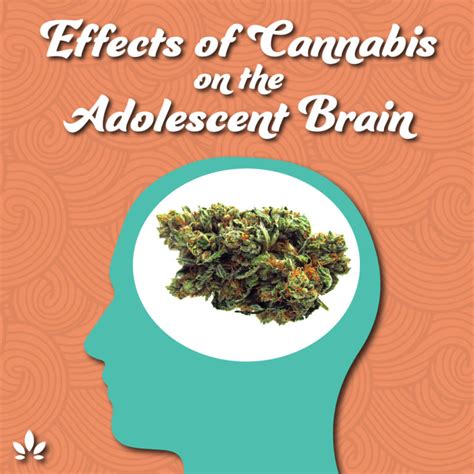
Recent research has raised concerns about the impact of marijuana on adolescent brain development. With the brain continuing to develop until around age 25, the teenage years are a critical period for cognitive and emotional growth. Studies suggest that marijuana use during this stage can adversely affect normal brain functions, potentially leading to issues in learning, memory, coordination, reaction time, and judgment.
Marijuana’s psychoactive chemical, THC, influences the brain by attaching to receptors in key areas for memory formation, such as the hippocampus, amygdala, and cerebral cortex. This interaction may be responsible for the observed cognitive impairments in adolescents. However, it’s important to note some elements of uncertainty in these findings. The extent of the long-term effects, especially concerning medical or recreational marijuana use, remains a subject of ongoing research.
Dr. Schuster’s research highlights a significant disparity in cognitive performance between users and non-users of marijuana, particularly in areas crucial for learning and academic success. Furthermore, the study touches on a critical social issue: teenagers from marginalized communities are more likely to face legal repercussions for marijuana use, underlining the importance of discussing the legal implications of possession and use.
The correlation between marijuana use and academic challenges has been reinforced by the work of Jason Kilmer, PhD. His findings indicate that increased marijuana use among students is associated with academic struggles, including skipping classes, lower GPA, and extended time to graduate.
Harvard Health, Columbia University Medical Center, and Mayo Clinic Health System have all contributed to our understanding of how early marijuana use can affect brain development. These studies suggest that the age at which an adolescent begins using marijuana may play a critical role in how it impacts their brain development.
While the risk of developing a marijuana use disorder is higher for those who start using before age 18, the specific long-term effects, especially in terms of the brain’s connectivity and structure, are still being investigated. A 10-year longitudinal study funded by the National Institutes of Health is currently examining these potential long-term impacts.
In summary, while there is growing evidence of the risks associated with adolescent marijuana use, particularly in terms of brain development, further research is needed to fully understand the extent and permanence of these effects.